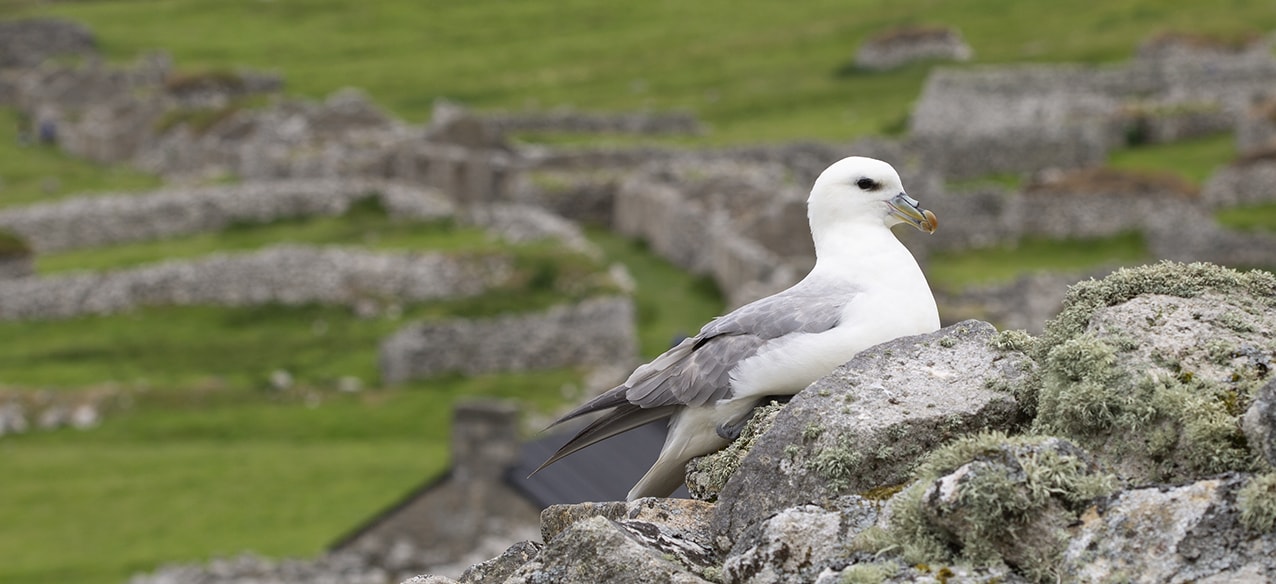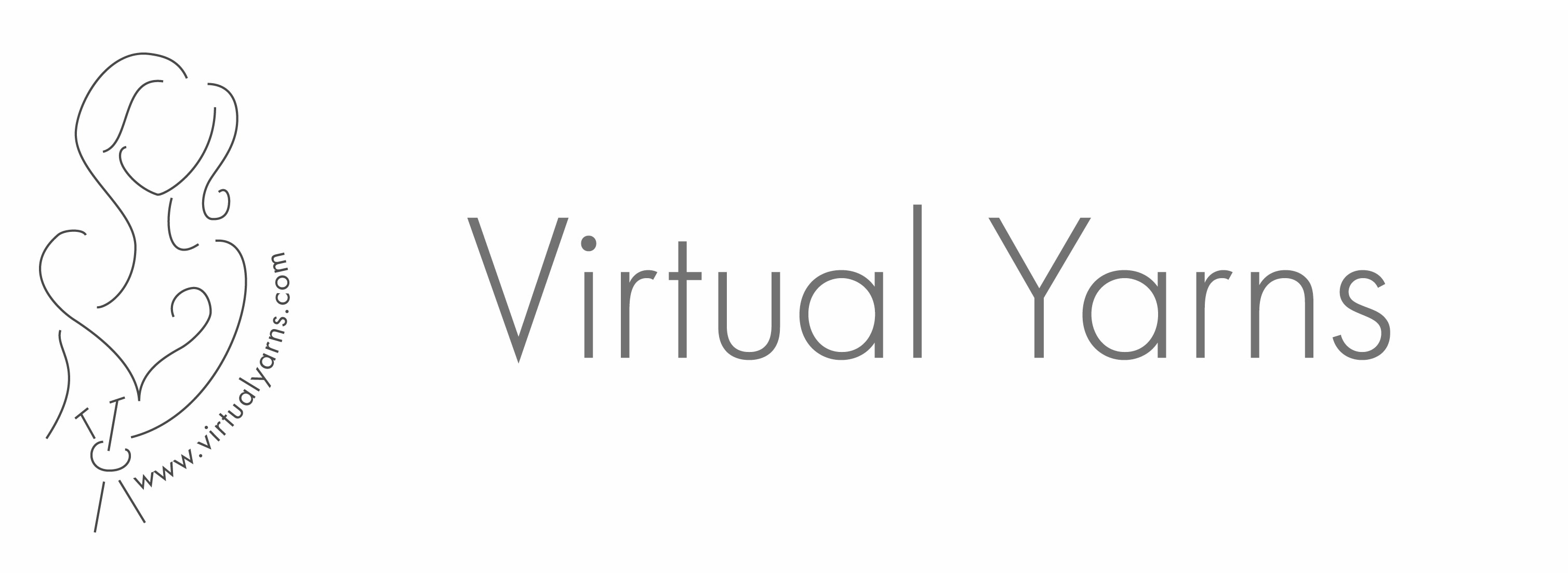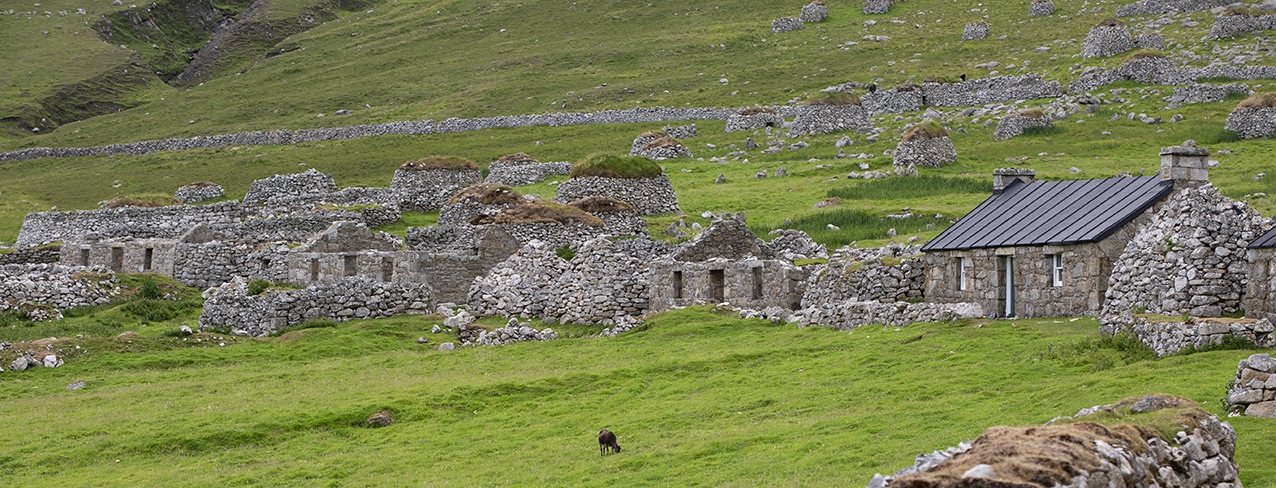
Hiort Village
Our new project is inspired by the unique and beautiful Hebridean archipelago of Hiort (St Kilda). Here we aim to take you on a visual tour of Am Baile (the village) on the main island of Hirta, and show some of the unique stonework which arcs around the Village Bay and covers the surrounding hillsides. To read more about our project setting click here.
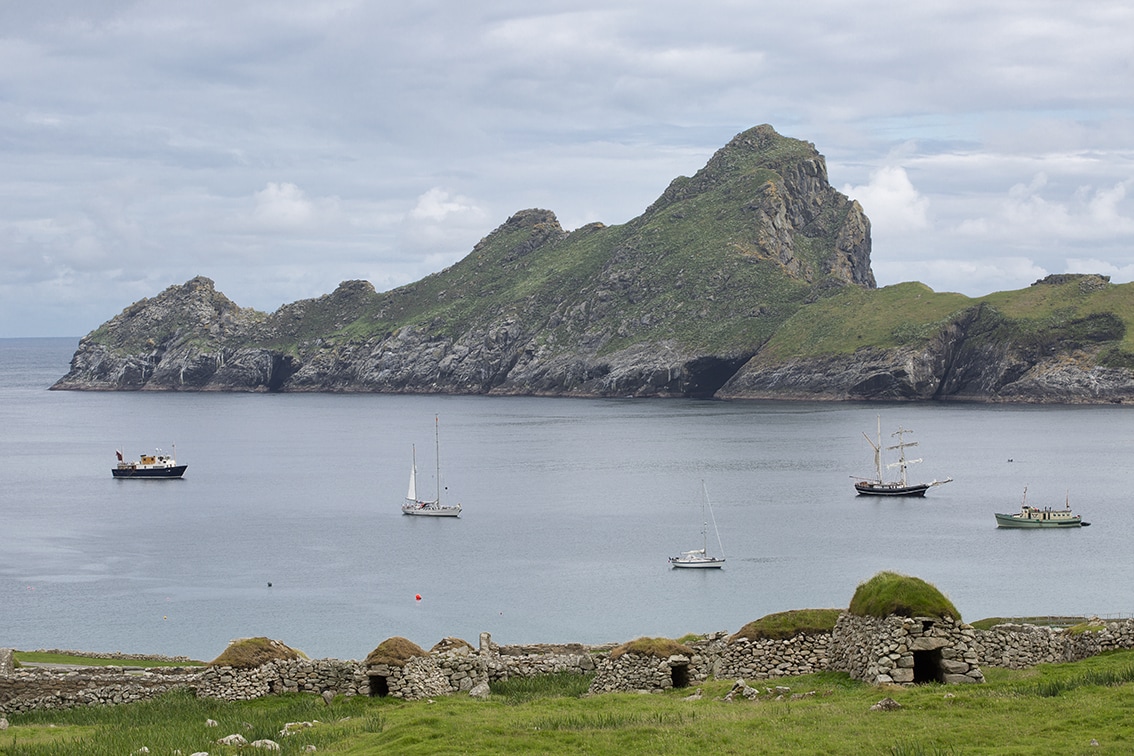
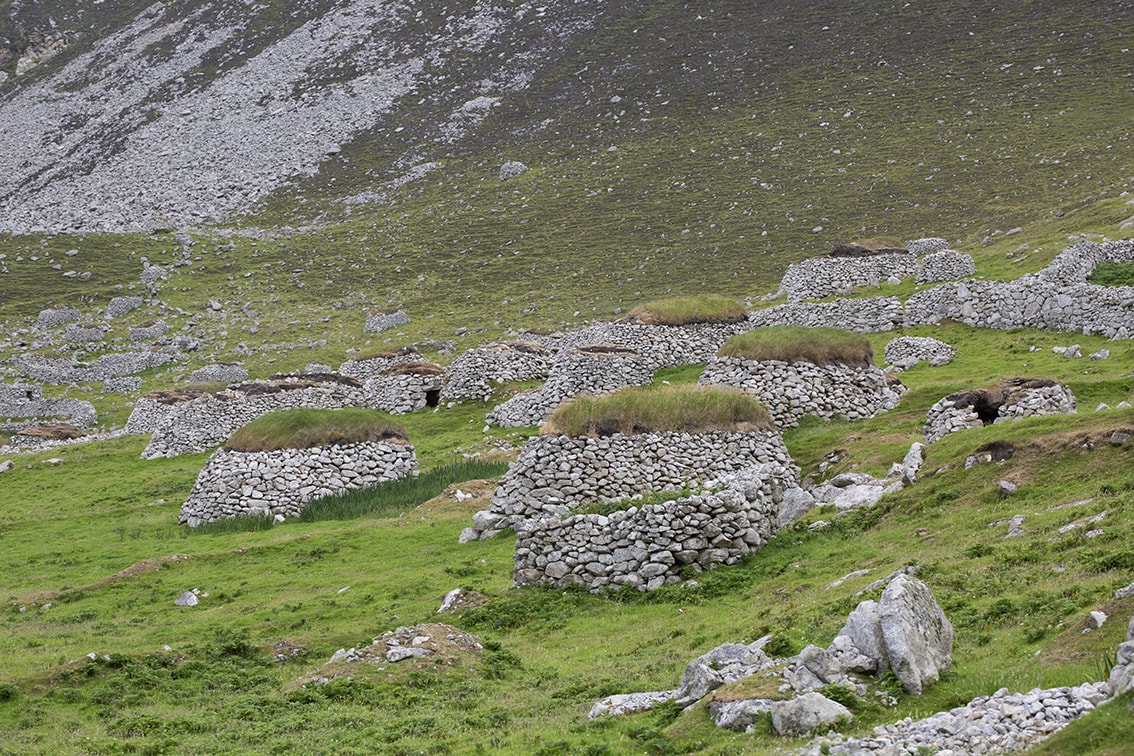
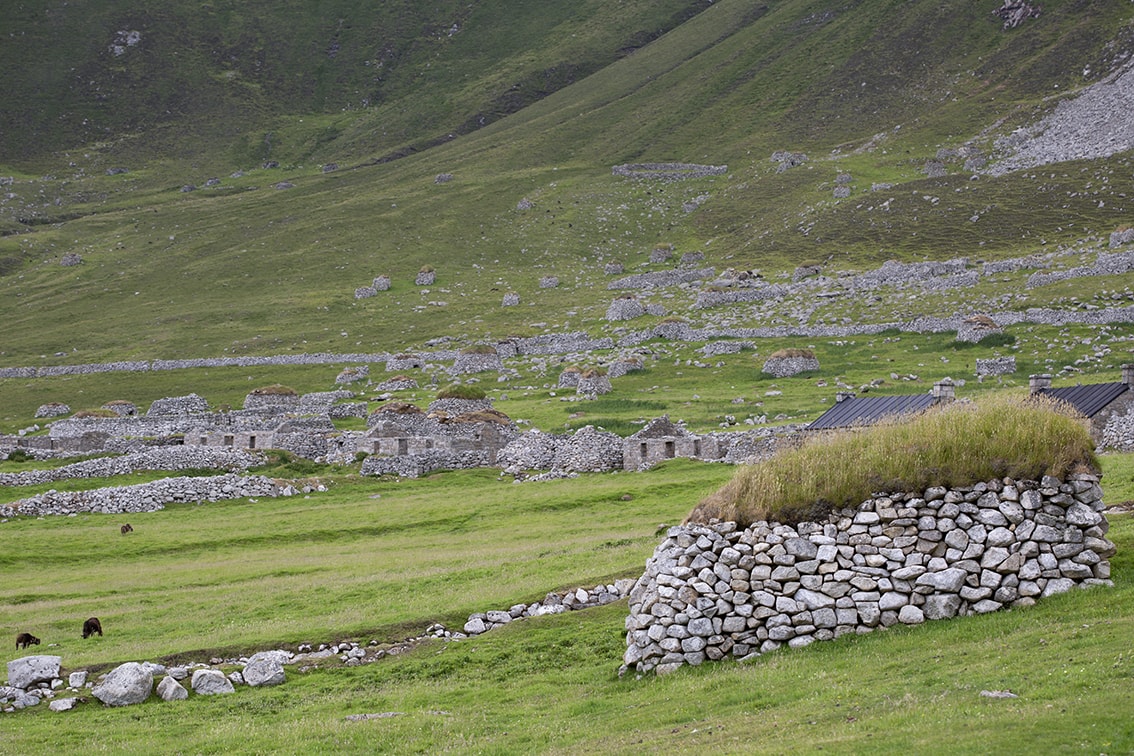
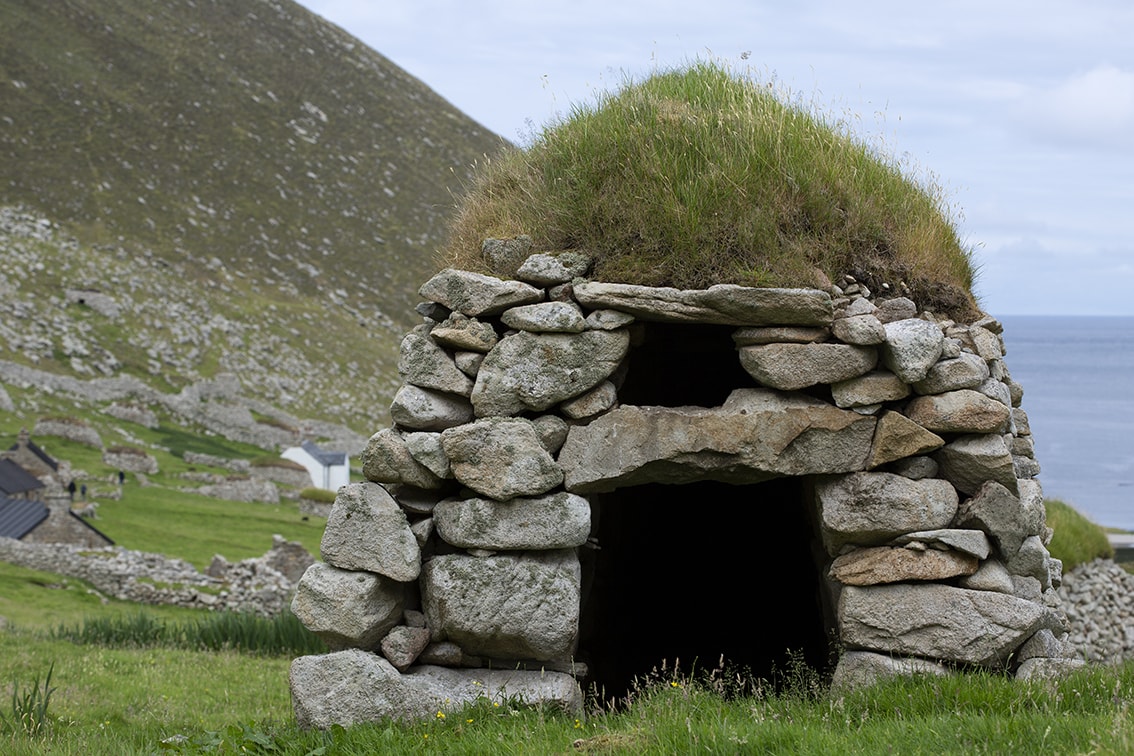
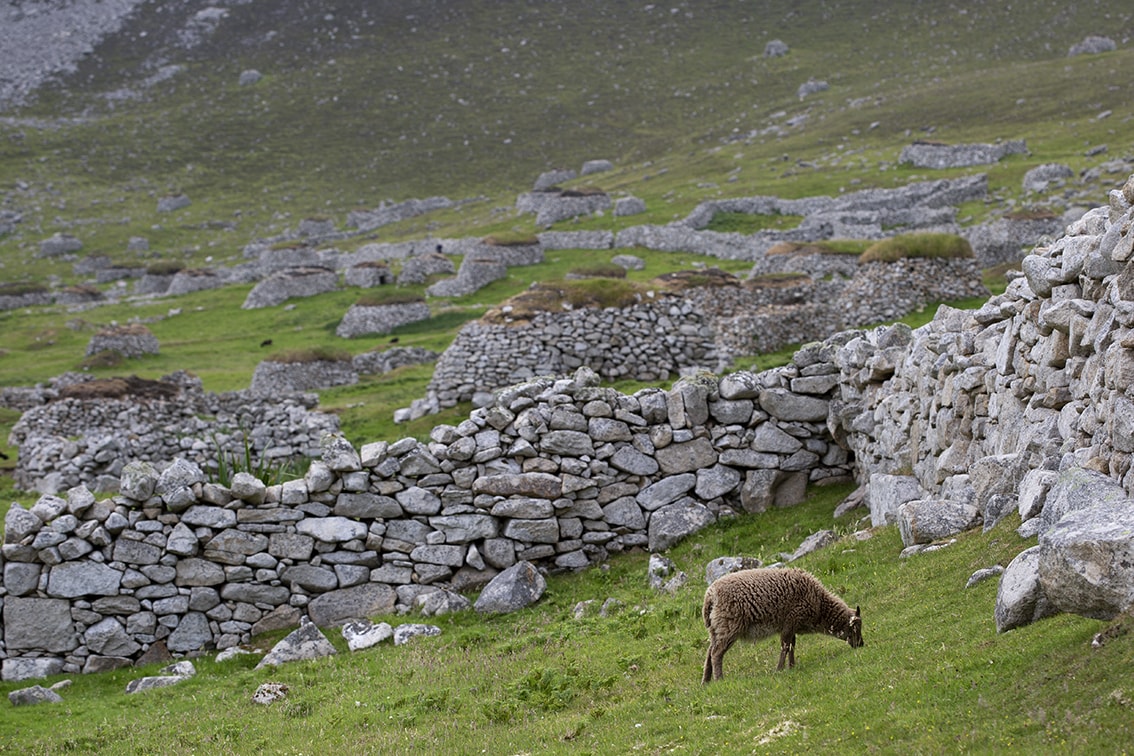
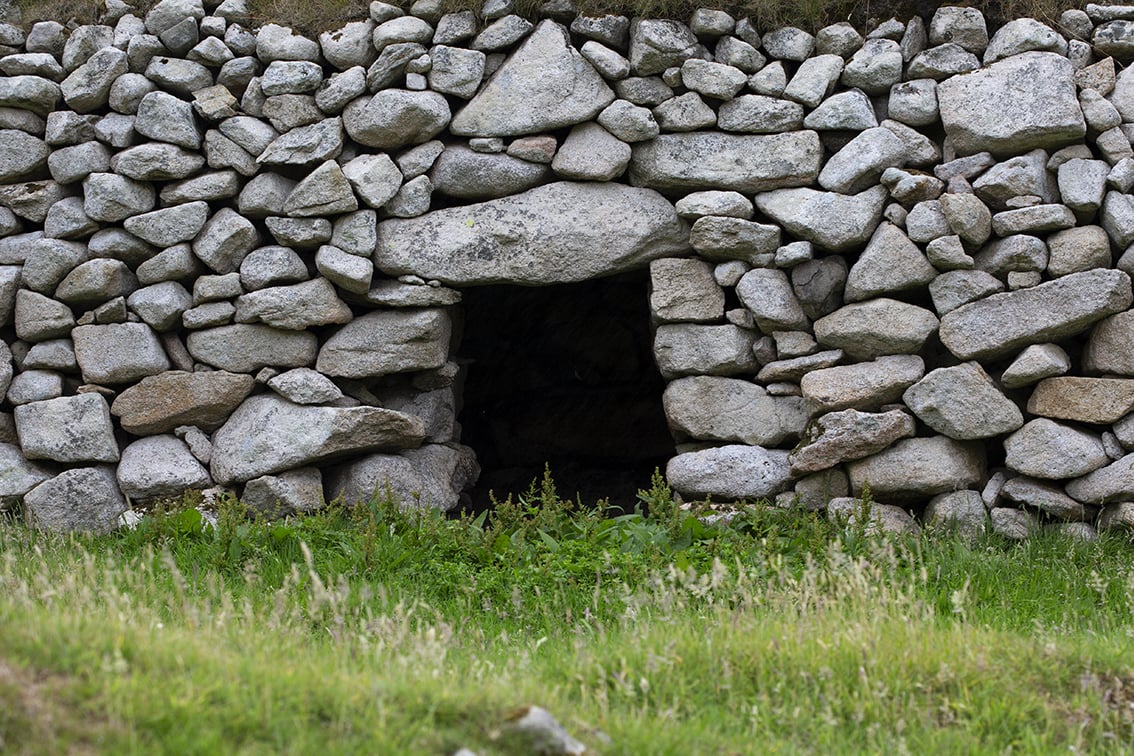
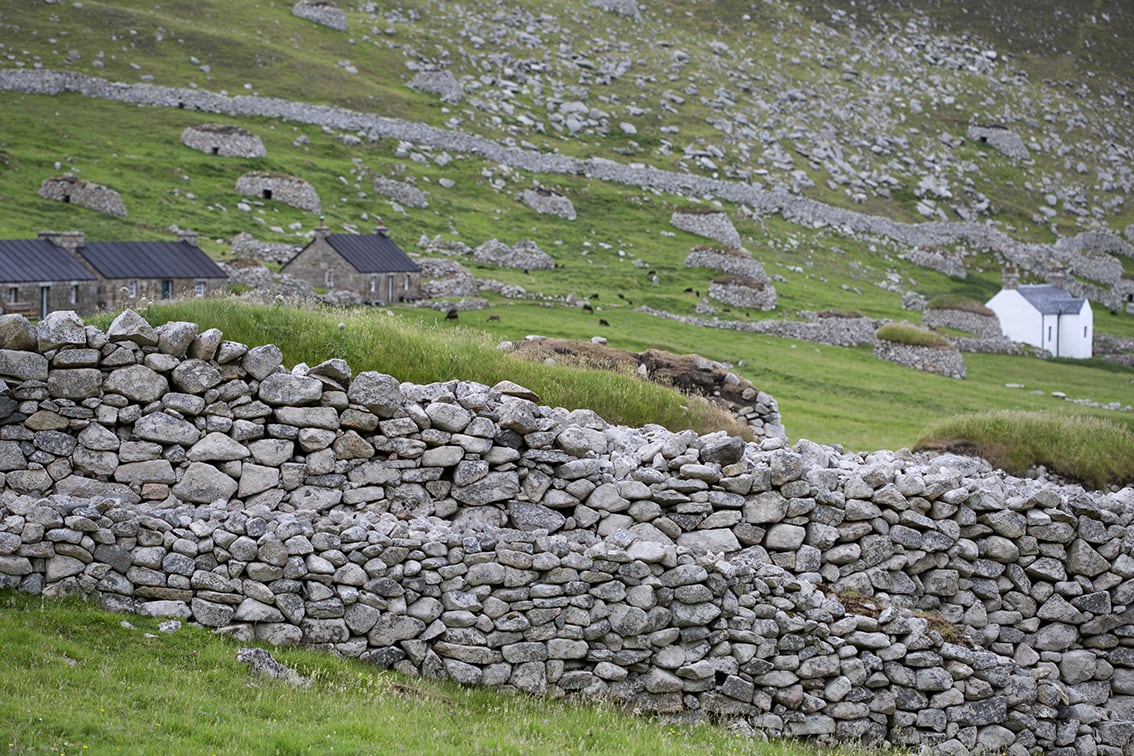
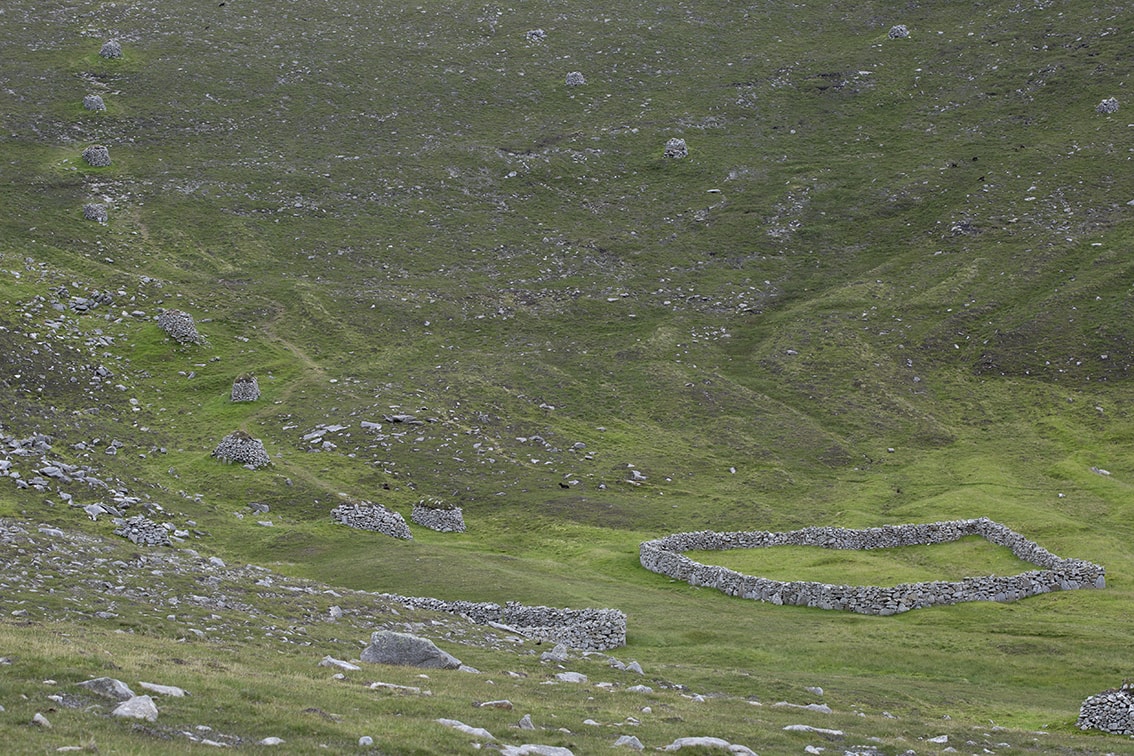
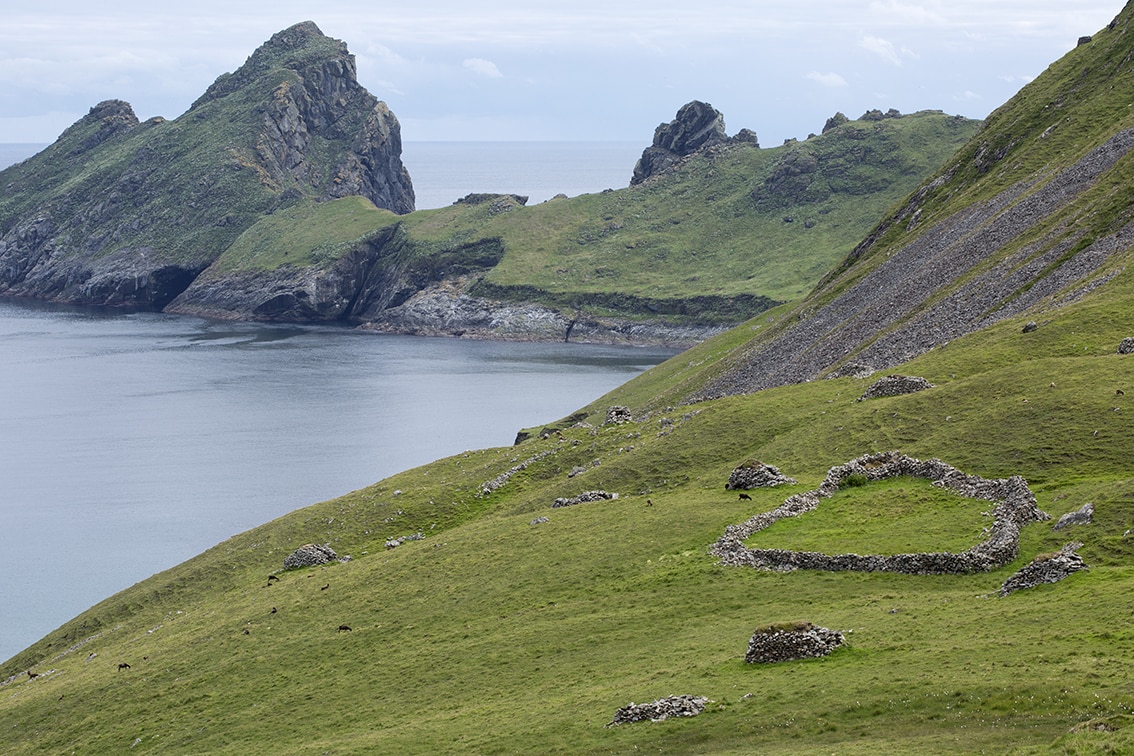
The village curves around the horseshoe-shaped Village Bay, protected from the worst of the Atlantic south-westerlies by the jagged embrace of Dùn island, which is separated from the main island by a channel only 45 metres wide.
Visually it appears as though the scree from the hillsides has magically morphed into small cleits, enclosures, boundary walls, ancient houses and finally a distinct street of cottages. The stonework also measures a time span from the House of the Fairies (below left), a souterrain dating from 500BC through Calum Mor’s house (below right), still standing for over one thousand years, to the typical Hebridean Black Houses which formed the original village street, eventually used as byres when the later cottages were built in 1860.
The entire island, right to the top of the of the hills, is peppered with the cleits used as stores and for shelter, as can be seen in the image to the right.
Behind the village are artful stone-walled enclosures, which were used for crofting purposes.
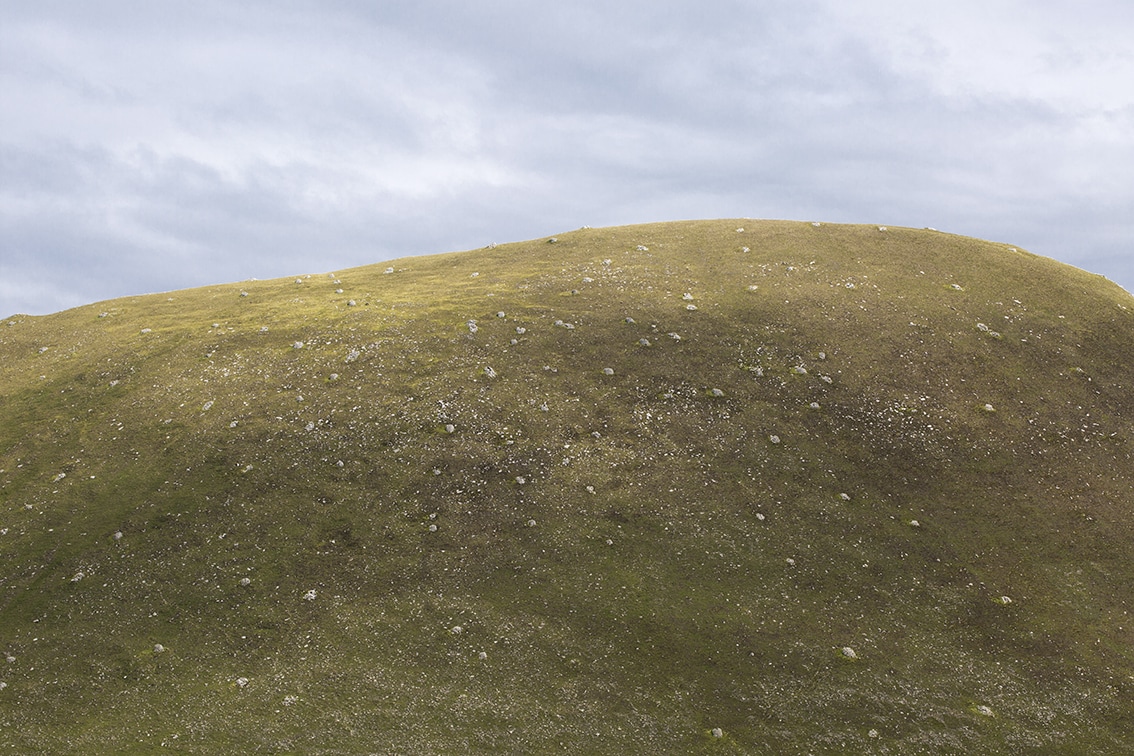
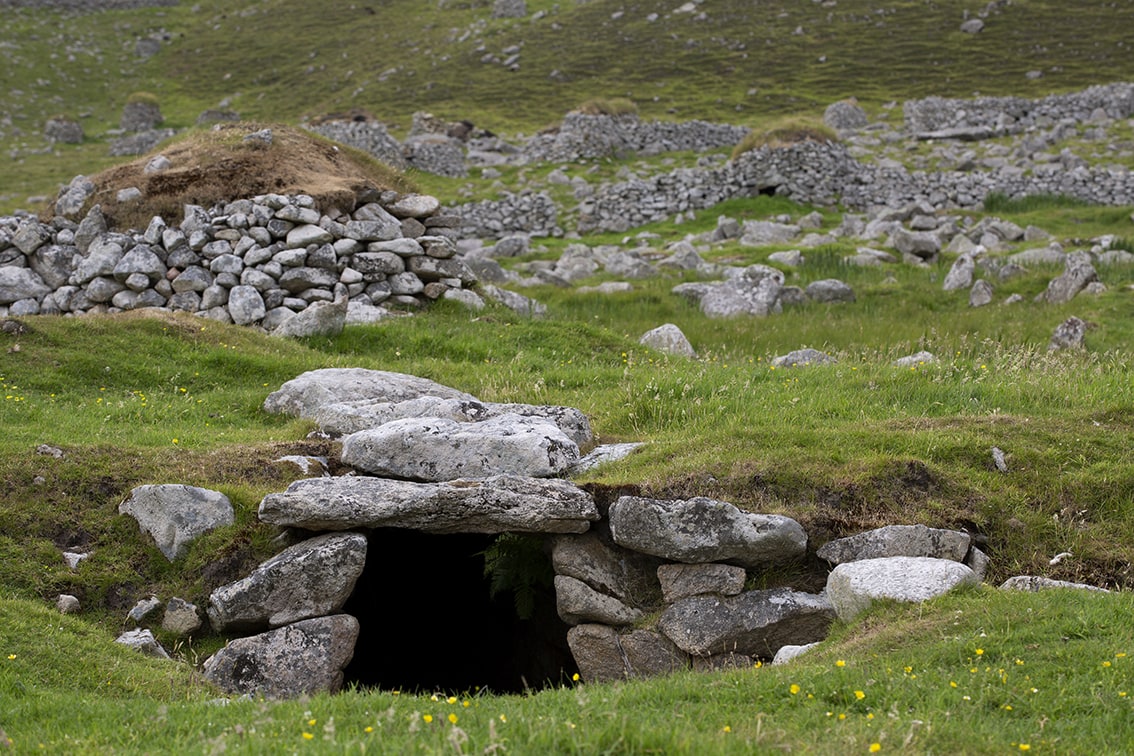
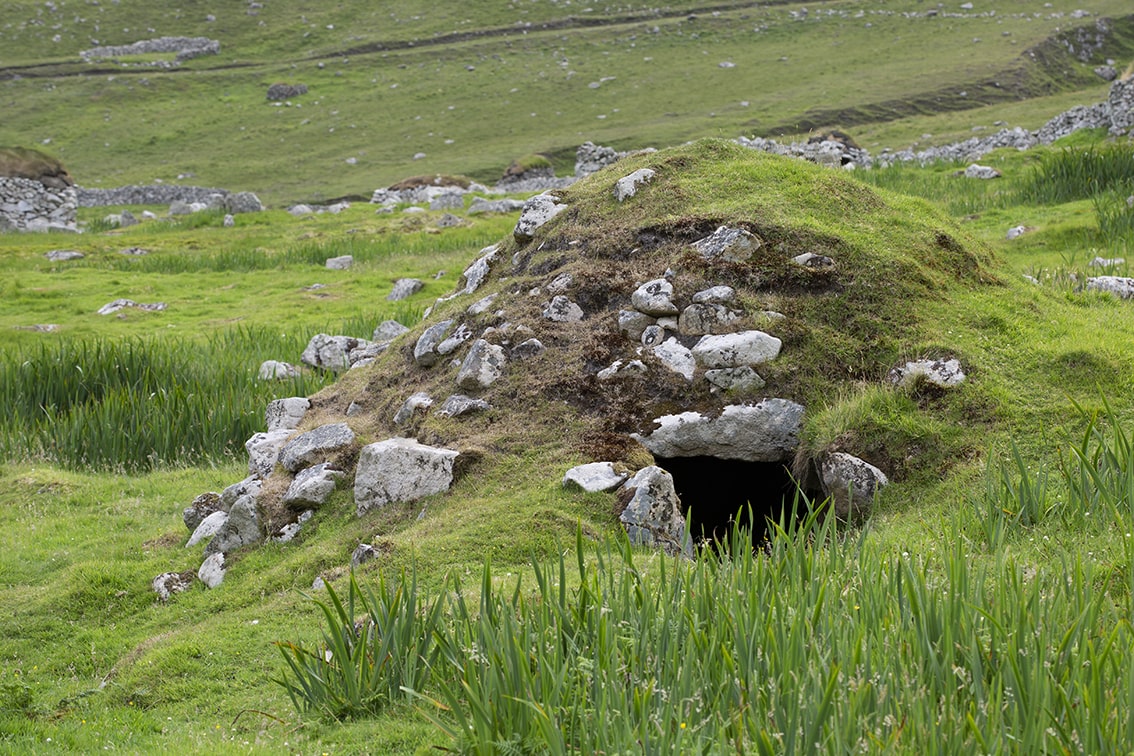
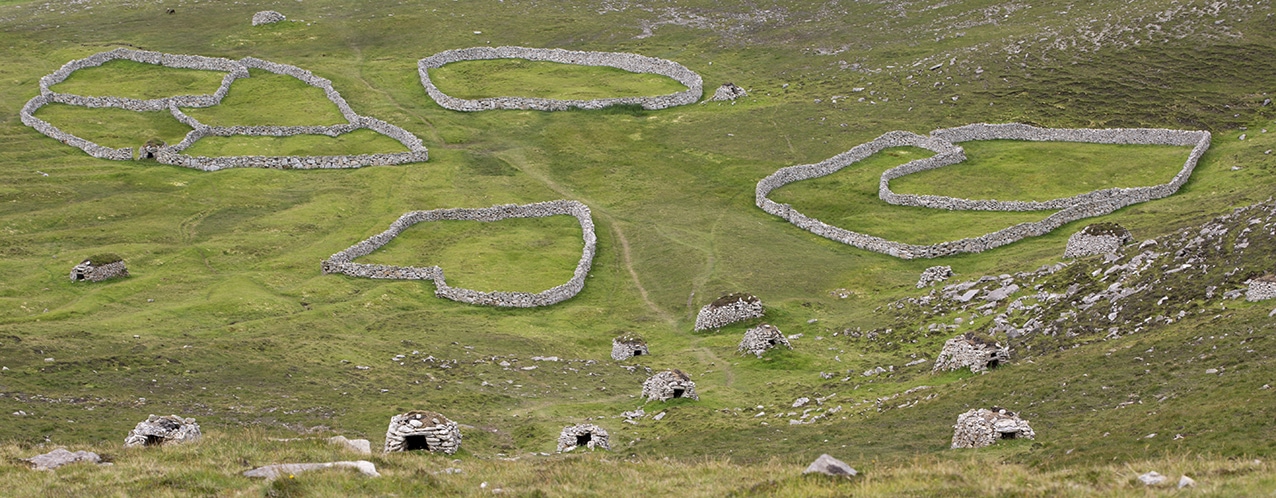
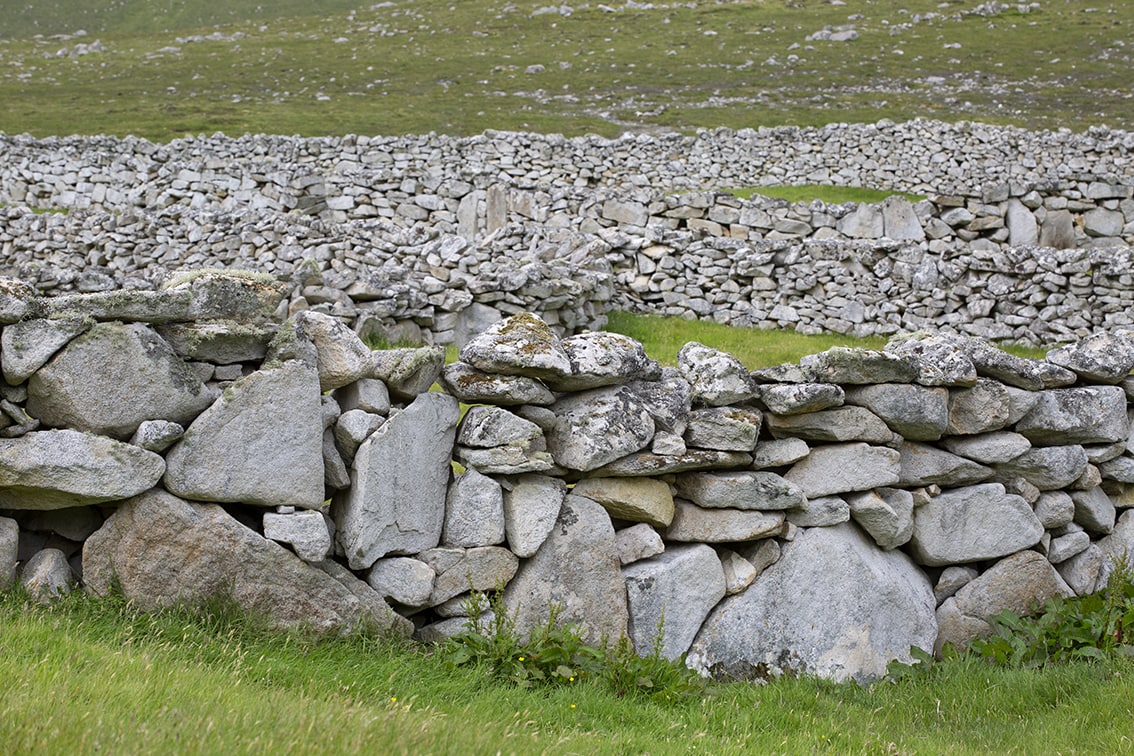
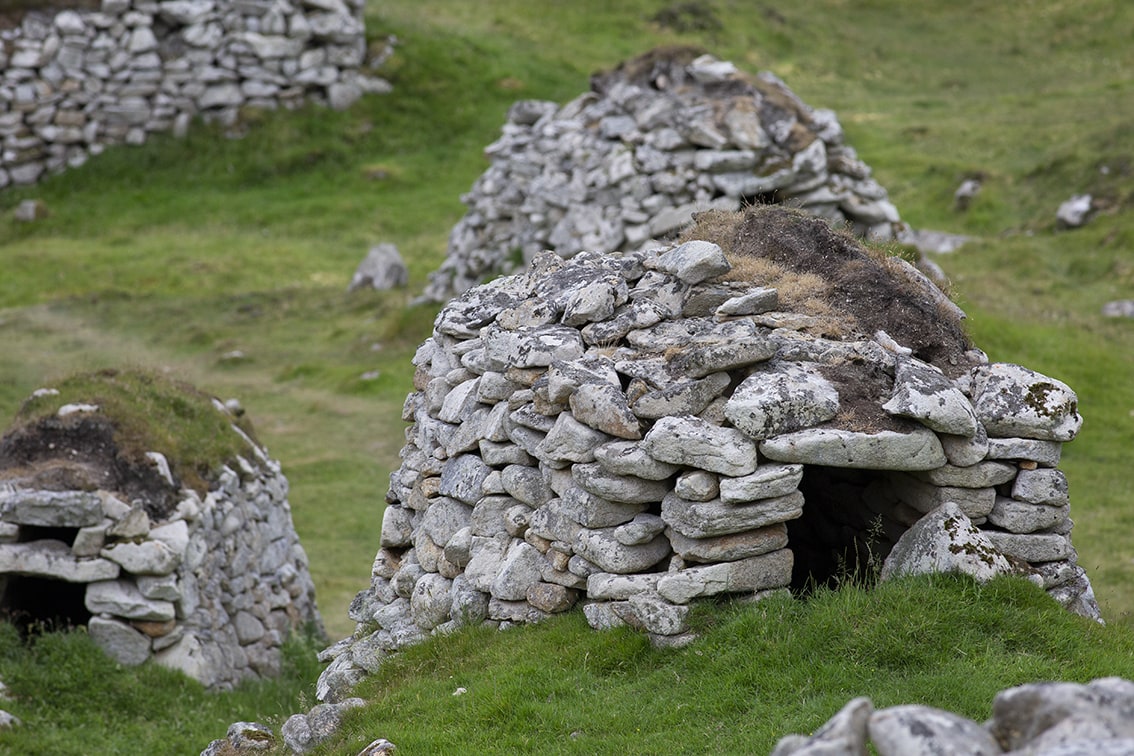
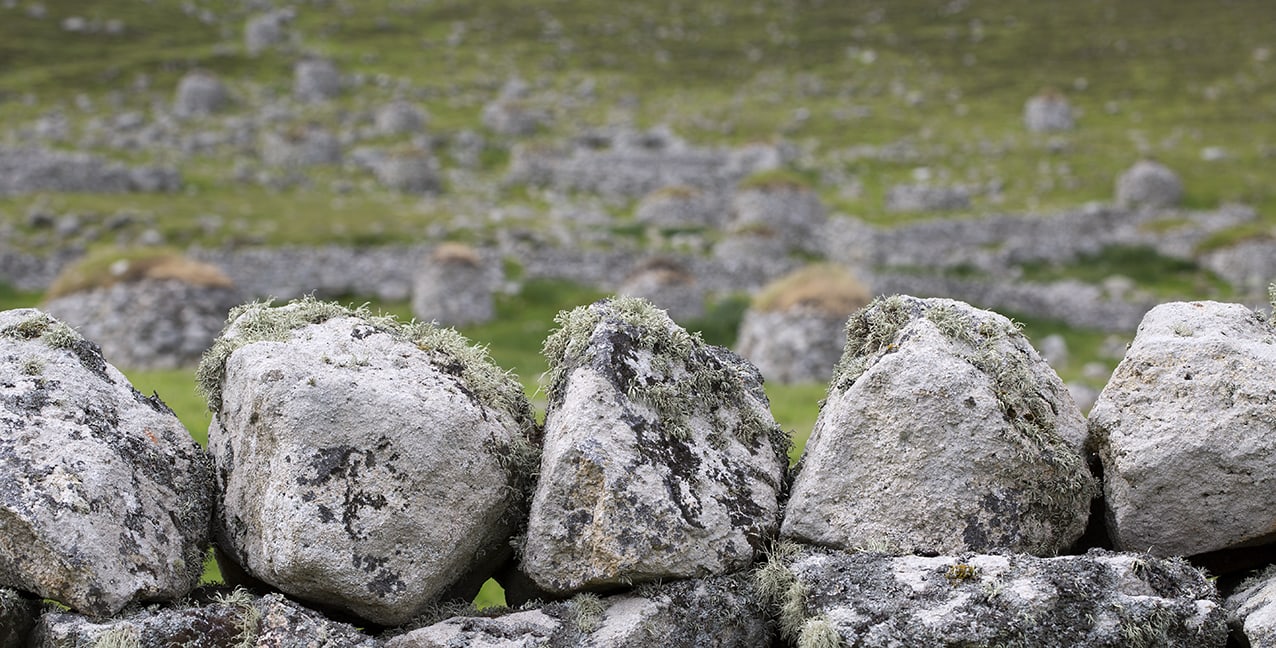
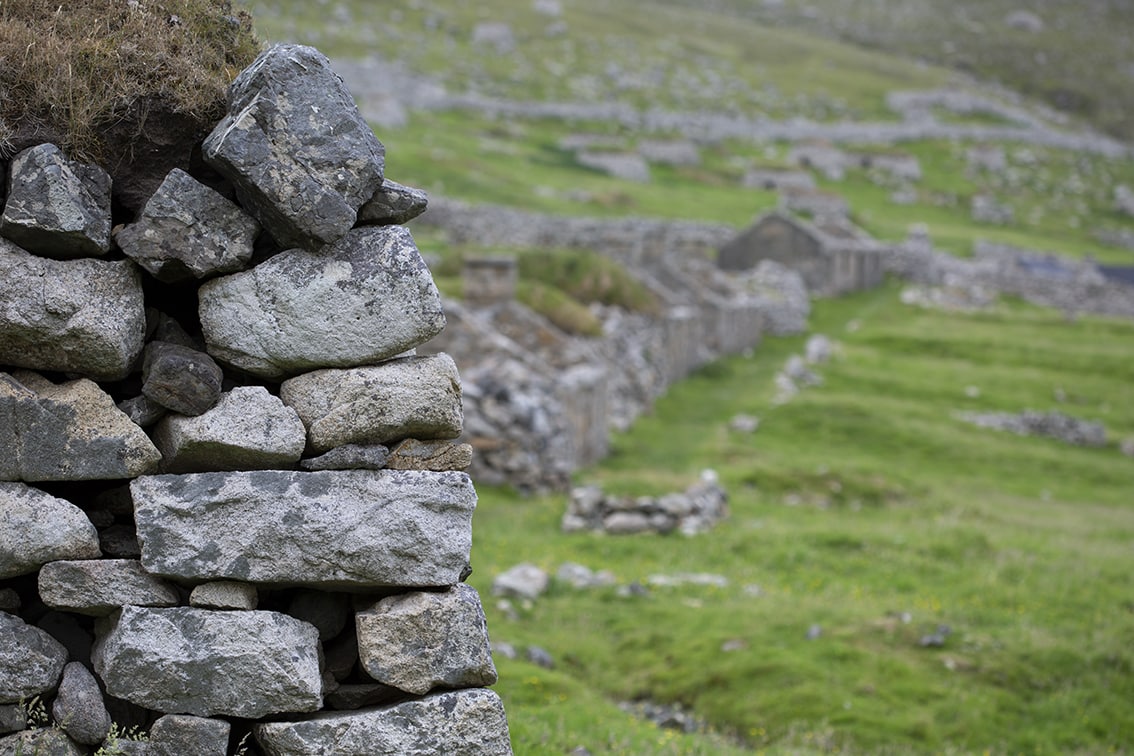
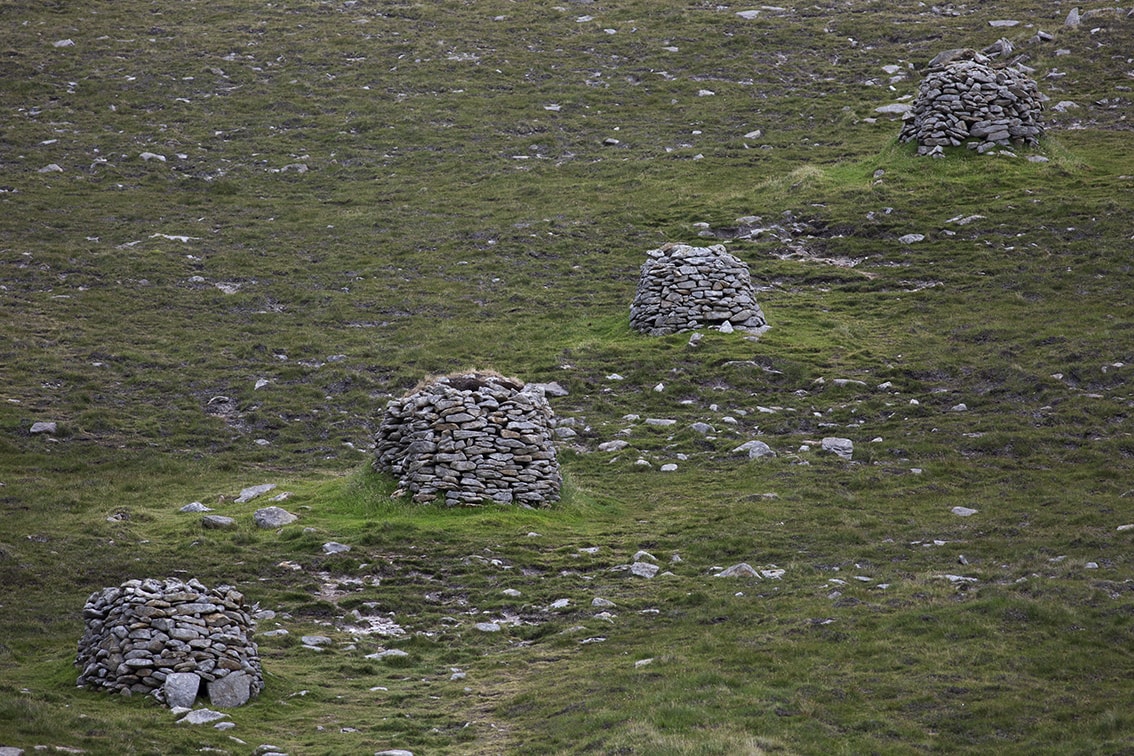
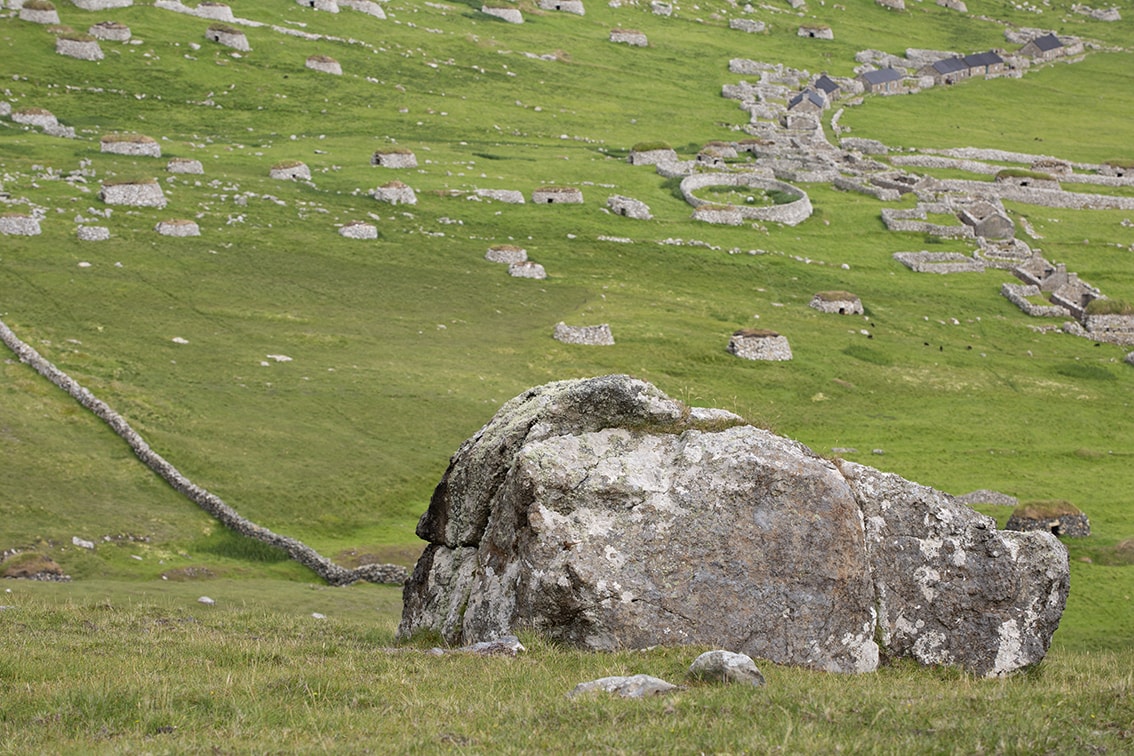
Above is Clach a’ Gruagaich (the Nymphs’ Stone). In times past the people of the Outer Hebrides propitiated the Gruagach, a friendly spirit associated with a large stone where the cattle were regularly milked. A small amount of milk would be poured on the stone to so that the spirit would ensure the cattle would continue to produce. On Hiort, it was the custom to pour milk on the stone every Sunday from May to August. For this reason the stone was also known as Clach a’ Bhainne (The Milk Stone). Its position above and between the village and the summer pasture of Gleann Mòr, strongly suggests that the cattle were milked here by the buachaille (the cattle herder) who stayed in the glen for the summer; those in the village would have climbed the hill to the stone to fetch milk for the village, thus sharing the steep walk.
Below you can see the village spread out, with the line of the village boundary wall and the oval enclosure of the graveyard toward the end of the main street, marked out from a higher vantage point.
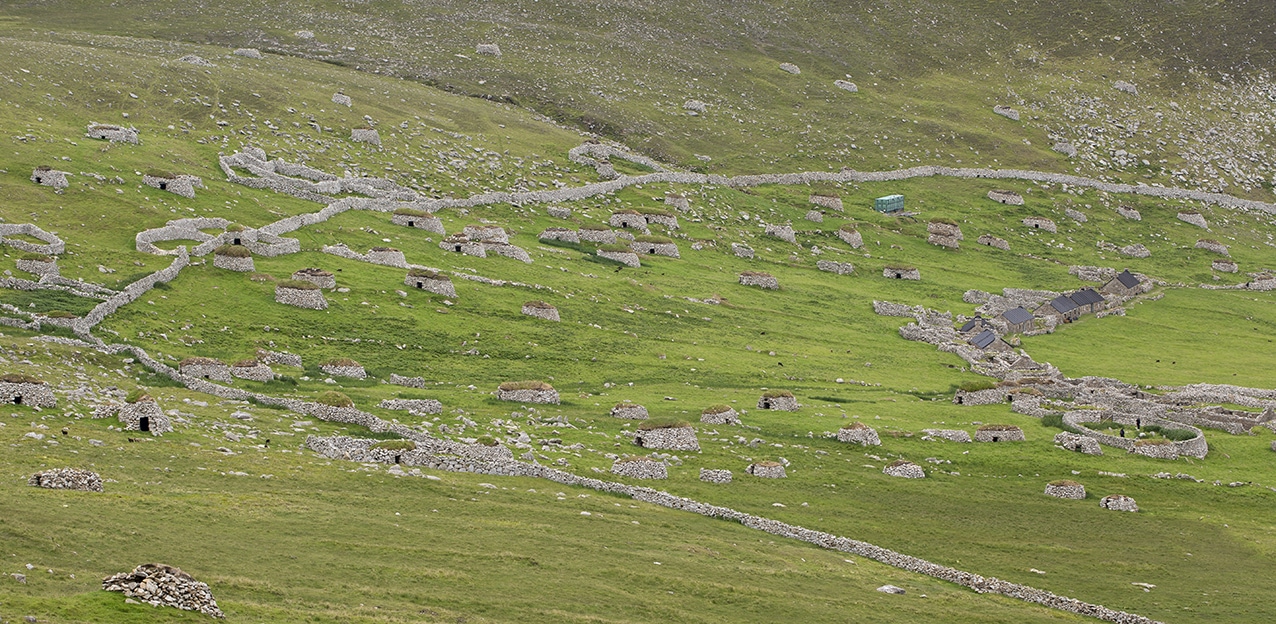
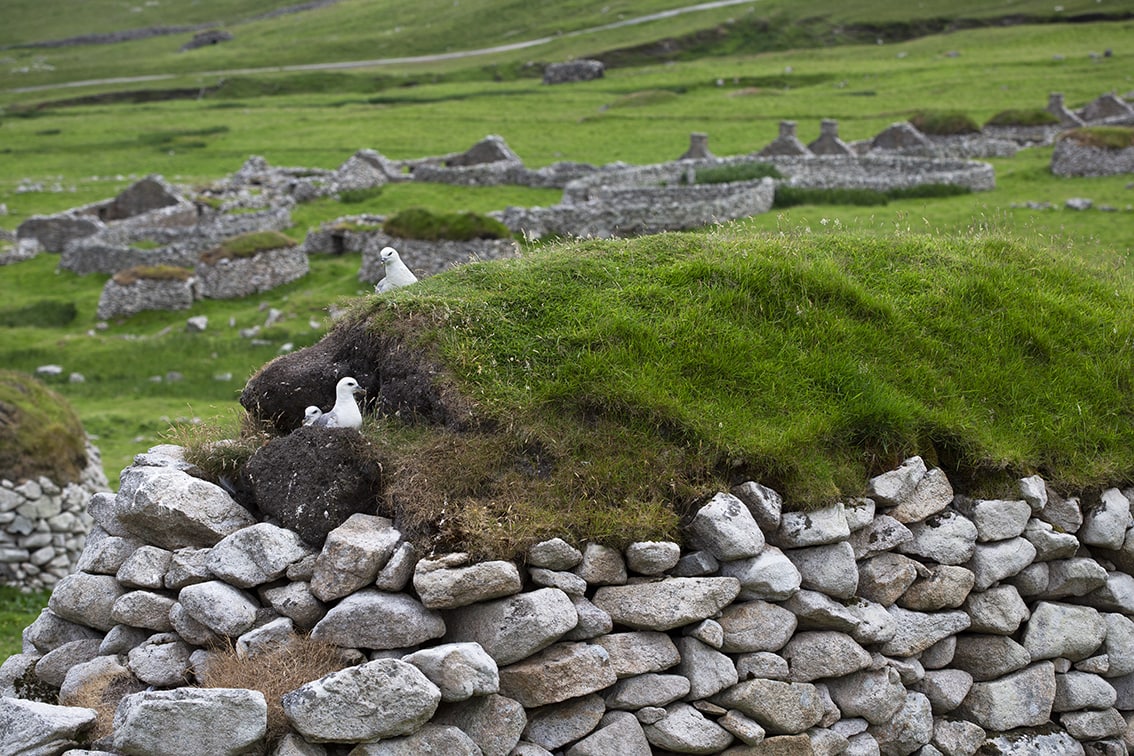
Since the evacuation of the island the Fulmar have become very comfortable on the intricate village stonework, the many years when they were a main staple of the St Kilda diet long forgotten. The pair above have even gone so far as to make a nest in the roof; the head of their chick can just be seen peeking out.
